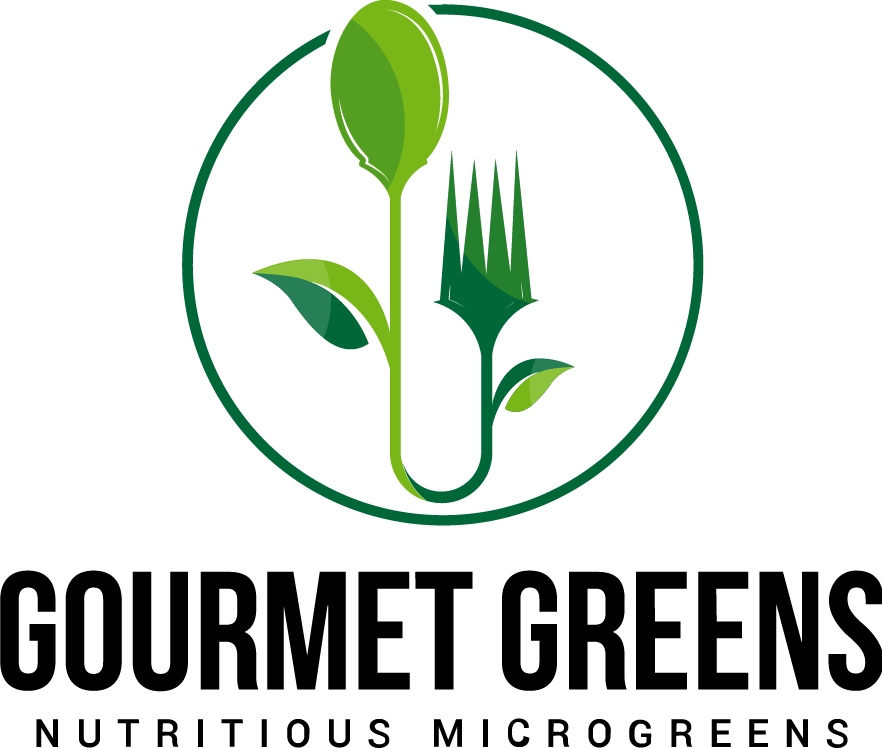Microgreens, the small and delicate seedlings of vegetables and herbs, have been gaining popularity in recent years as a powerful superfood. These tiny greens are packed with vitamins, minerals, and antioxidants, and can offer a wide range of health benefits when incorporated into a healthy diet. Here, we’ll explore the latest research on microgreens and their nutritional benefits, citing articles from publications such as Healthline and Forbes. We’ll also hear from nutrition experts and enthusiasts on their insights on the benefits of incorporating microgreens into a healthy diet.
Firstly, let’s take a look at the nutritional benefits of microgreens. According to a study published in the Journal of Agricultural and Food Chemistry, microgreens contain up to 40 times more nutrients than mature plants of the same species. This means that even a small serving of microgreens can provide a significant amount of vitamins and minerals. For example, red cabbage microgreens have been found to contain 6 times more Vitamin C than mature red cabbage, while cilantro microgreens have been found to contain 3 times more beta-carotene than mature cilantro.
But it’s not just the vitamin and mineral content that makes microgreens a superfood. They are also rich in antioxidants, which can help protect the body against disease and inflammation. In fact, a study published in the Journal of Agricultural and Food Chemistry found that red cabbage microgreens had the highest antioxidant capacity compared to 24 other microgreens studied.
So, what are some of the other benefits of incorporating microgreens into a healthy diet? According to an article in Healthline, microgreens can help boost immunity, aid in digestion, and even improve cognitive function. They are also a great way to add flavor and texture to meals, without adding extra calories.
Nutrition experts and enthusiasts alike are excited about the potential of microgreens. As Registered Dietitian Nutritionist, Kelly Jones, tells us, “Microgreens are an excellent way to add concentrated nutrients and flavor to any meal. Plus, they’re easy to grow at home, making them an affordable and accessible addition to any healthy diet.”
So, what are the best ways to incorporate microgreens into your diet? Try adding them to salads, sandwiches, and wraps for a nutrient boost, or use them as a garnish on top of soups and stews. You can also blend them into smoothies or juices for a refreshing and nutrient-dense drink.
In conclusion, microgreens are truly the superfood of 2023. With their high nutrient content, antioxidant properties, and wide range of health benefits, they offer a powerful addition to any healthy diet. Whether you’re a nutrition expert, food enthusiast, or simply looking for ways to improve your health, microgreens are definitely worth exploring.
